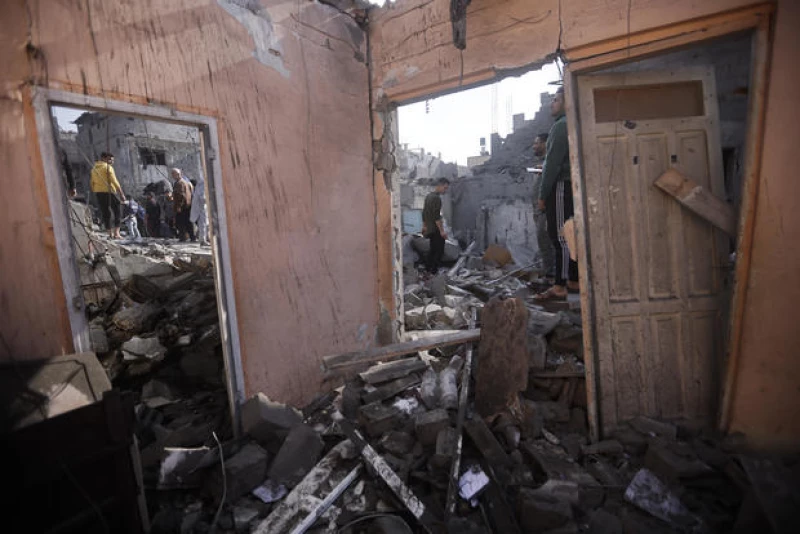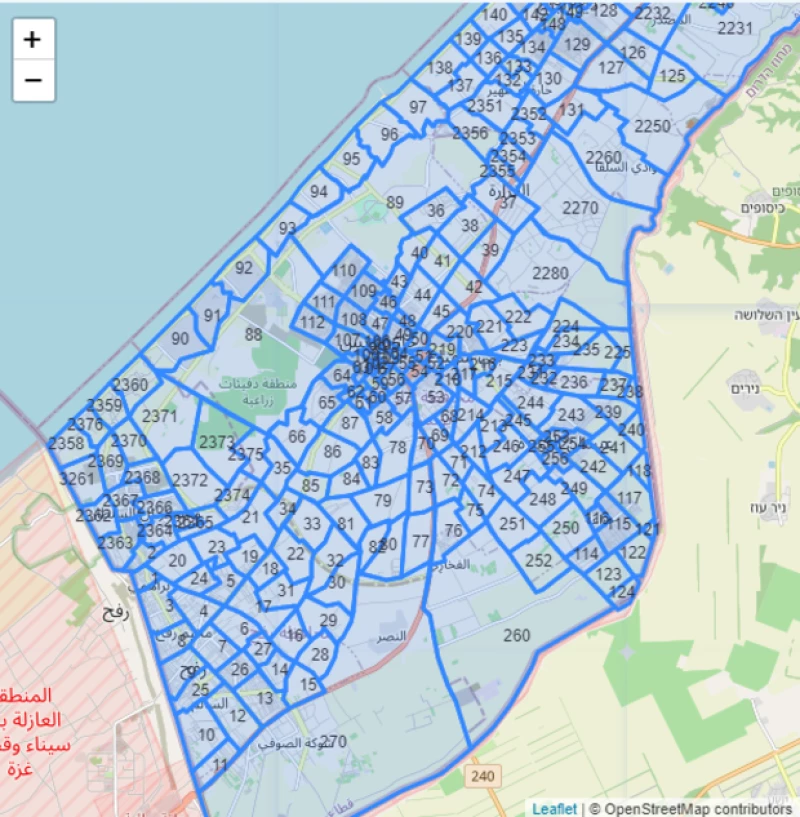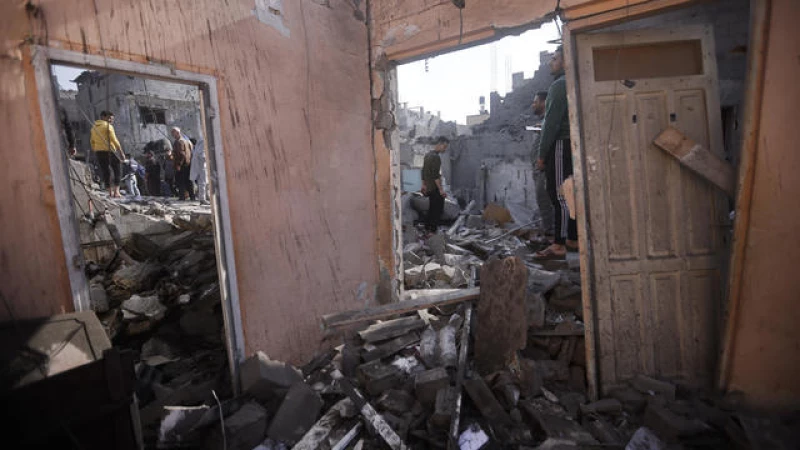Israel Launches Offensive in Southern Gaza Strip
Israel launched a series of attacks on targets in the southern Gaza Strip on Saturday, escalating their offensive following a weeklong truce with Hamas. The renewed violence has raised concerns about the potential for civilian casualties.
According to the Health Ministry in Gaza, at least 240 Palestinians have been killed since the fighting resumed on Friday. The United States, a key ally of Israel, has urged the country to take all necessary measures to protect civilians.
"This is a matter of great importance moving forward," stated Secretary of State Antony Blinken on Friday, following discussions with Arab foreign ministers in Dubai. This marks his third visit to the Middle East since the start of the war. "We will be closely monitoring the situation."
The majority of Israel's attacks on Saturday targeted the Khan Younis area in southern Gaza. The military reported striking over 50 Hamas targets using airstrikes, tank fire, and naval forces. Since the resumption of fighting on Friday, Israeli forces claim to have hit over 400 targets in Gaza.
"There is no place to go," lamented Emad Hajar, who fled with his wife and three children from the northern town of Beit Lahia a month ago to seek refuge in Khan Younis.
"They expelled us from the north, and now they are pushing us to leave the south."
Some 2 million people — almost Gaza's entire population — are crammed into the territory's south, where Israel urged people to relocate at the war's start and has since vowed to extend its ground assault. Unable to go into north Gaza or neighboring Egypt, their only escape is to move around within the 220-square-kilometer (85-square-mile) area.
In response to U.S. calls to protect civilians, the Israeli military released an online map, but it has done more to confuse than to help.
It divides the Gaza Strip into hundreds of numbered, haphazardly drawn parcels, sometimes across roads or blocks, and asks residents to learn the number of their location in case of an eventual evacuation.

Israeli Military Orders Evacuations in North and South
In a groundbreaking move, the Israeli military's Arabic spokesperson, Avichay Adraee, utilized a map to issue evacuation orders. Adraee took to X, formerly known as Twitter, to specify the areas in the north and south that needed to be cleared out on Saturday.
Adraee provided a list of numbered zones that were under evacuation order. However, upon closer inspection, the highlighted areas on the attached maps did not correspond to the numbered zones.
Concerns have been raised by Egypt regarding the potential influx of Palestinians into its territory as a result of the renewed offensive. The Egyptian Foreign Ministry issued a statement on Friday, declaring the forced transfer of Palestinians as a "red line."
Meanwhile, U.S. Vice President Kamala Harris, who was attending the COP28 climate conference in Dubai on Saturday, was expected to discuss plans with regional leaders to prioritize Palestinian voices in determining the next steps for the Gaza Strip after the conflict. The White House has emphasized the Biden administration's support for a two-state solution, with Israel and a Palestinian state coexisting.
The recent escalation of violence has raised concerns for the safety of 136 hostages who are still being held captive by Hamas and other militants. The Israeli military had managed to free 105 hostages during the truce, but the collapse of the ceasefire has dashed hopes for the remaining hostages and their families. The Israeli army has confirmed the deaths of four more hostages, bringing the total number of known casualties to seven.
As part of the truce, Israel had released 240 Palestinians from its prisons. The majority of those released were women and children from both sides of the conflict.
The war began following the October 7 attack by Hamas and other militants, resulting in the deaths of approximately 1,200 people, mostly civilians, in southern Israel. Additionally, around 240 people were taken captive.
After the truce ended, militants in Gaza resumed their rocket attacks on Israel, and fighting broke out between Israel and Hezbollah militants along the northern border with Lebanon.
A significant number of people fled from northern Gaza to Khan Younis and other parts of the south during the war. This mass exodus has left three-quarters of the population displaced and facing severe shortages of food, water, and other essential supplies.

Since the resumption of hostilities, no aid convoys or fuel deliveries have been allowed into Gaza, and humanitarian operations within the region have largely come to a halt, according to the U.N.
The International Rescue Committee, an aid group operating in Gaza, has warned that the return of fighting will undo any minimal relief provided by the truce and will have catastrophic consequences for Palestinian civilians.
According to the Health Ministry in Gaza, more than 13,300 Palestinians, including women and minors, were killed during Israel's assault before the truce began. The ministry does not differentiate between civilians and combatants, so the actual number of civilian casualties may be higher. Additionally, there are thousands of people feared dead under the rubble, but the count has not been updated regularly since November 11.
Israel claims that it is targeting Hamas operatives and holds the militants responsible for civilian casualties. The country accuses Hamas of operating in residential areas. Israel also states that 77 of its soldiers have been killed in the ground offensive in northern Gaza. However, no evidence has been provided to support its claim of killing thousands of militants.







